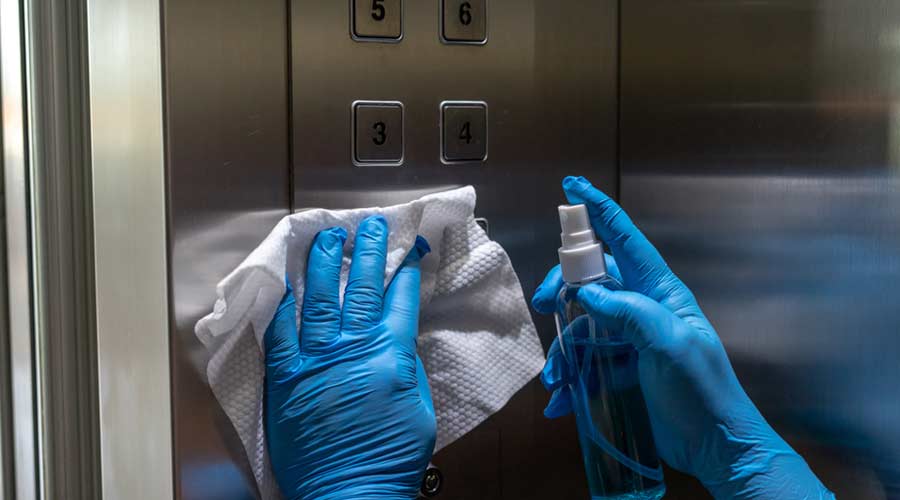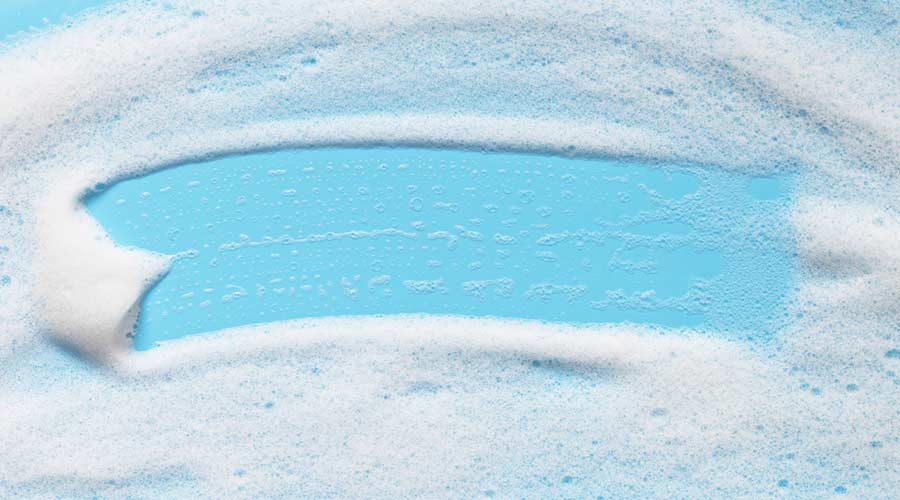
Workplaces nationwide need to reevaluate their standard of clean according to recent data divulged in Stratus Building Solutions’ 2025 Workplace Cleanliness Index. The 2025 report evaluated states on five metrics: rate of Occupational Safety and Health Administration (OSHA) sanitation violations per capita, rate of janitors and cleaners per capita, population density, air pollution, and state mandated sick leave laws. Resulting rankings indicate which states support sanitary workplaces, and how competitors can improve.
The study suggests a correlation between cities with frequent OSHA violations and states graded as dirty. For instance, the leading city, with an estimated 23 sanitation offenses, resides within Tennessee, the least clean state. A closer investigation suggests that low employee retention and insufficient sick leave laws also add to an unhygienic workplace profile, as Visualistan affirms.
Sanitation violations are infringements on a range of OSHA standards—unobstructed corridors, waste receptacles, access to portable water, etc.—that produce unsafe and unhealthy conditions. When violations are found, facilities face fines, leading to other running costs that adversely affect the establishment, as supported by Workyard. In a time where maintenance budgets are first to be cut, affirmed by Nest, the conservation of healthy systems will support occupant safety and financial efficacy.
Although National Law Review reports federal agencies, including OSHA, are under scrutiny to scale back their operations, these trends indicate that when buildings prioritize the hygiene of their spaces, employee attendance and engagement strengthens. The minimization of a national watchdog does not alter reality—sullied spaces make sick staff. To safeguard labor, the report suggests the industry will need to prioritize their own sanitation practices.
With an average national cleanliness score of 341 out of 600, as stated in the study, workplaces throughout the U.S. should parse through details to determine how else they can elevate their environmental and personal health.

 The Down and Dirty on Cleaning in Virus Season
The Down and Dirty on Cleaning in Virus Season How Surfactant Use is Expanding in Commercial Cleaning
How Surfactant Use is Expanding in Commercial Cleaning